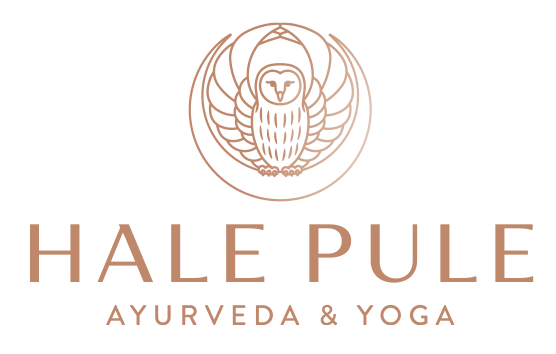
I am blessed to live on a beautiful and abundant farm. My goal is to grow most of the food we eat, and some weeks we come close to that. However, one of the lessons that I learn daily from Durga Farms is vairagya, or non-attachment.
We plant seeds and give them all the right opportunities to thrive. But then nature throws us a curveball in its ever changing way. A blazing streak of heat in the summer, too much rain or an insect that enjoys our vegetables as much as we do. If I were to become attached to the idea that farming (or life) should be perfect or always go the way I think, I would not last very long as a farmer. Instead, I use the opportunity to support our farmer friends at the market.
The root of happiness is non-attachment
My happiness is not dependent upon how my crops (or my family and friends) are doing. It comes from my connection to the God of my heart. This is where the practice of vairagya leads us. When we release attachment to things outside, we stop looking for pleasure externally and turn inward, the only place where lasting happiness resides.
Non-attachment doesn’t mean you stop caring or stop working to get the things that matter. It’s simply about seeing the impermanence of the physical world. It is about enjoying what life has to offer without becoming identified with it or attached to it.
The teaching of vairagya is well outlined in the Bhagavad Gita. Standing on the battlefield of life, Krishna advises Arjuna to learn to be alike in victory and defeat, meaning to live and give freely with no attachment to the result. This teaching is a reminder that whether a situation goes your way or turns your life upside down, your ship is steadied by the connection to your higher self. This is what will allow you to continue moving forward along your path without becoming stuck on something positive or negative that comes your way.
Practicing non-attachment in a physical world
At the core of your being is eternal spirit.
Everything beyond that is constantly changing. Your body, mind and physical possessions will eventually deteriorate. Your friends and jobs will come and go. One day you will leave all of these things behind. But spirit is you. When you choose to live in a way that values the eternal over the physical, you will clearly understand and be able to execute your priorities in every decision.
Like all of Yoga, vairagya is meant to be practiced on a moment-to-moment basis. Every experience is an opportunity to release the binds to the physical and honor the eternal. It allows full enjoyment of the physical. This can come about in small ways, such as releasing attachment to eating the same thing every day (take a look at the recipe for our Hale Pule bowl to get inspired), or in larger decisions, such as walking away from a relationship that is bringing you harm. The more you move toward vairagya, the easier it will become.
Here are three ways to cultivate vairagya in your life:
-
With yourself: Your body and mind are the tools to experience your life; be in awe of their developments. Embrace the lines on your face, the progression in your practice of danurasana, or bow pose, or the new ways of thinking that have come as part of your journey. Take pleasure in how the transitions in your life reflect the natural world. And remember that all of your experiences are opportunities to grow as spirit. If you were to stay the same throughout life, you would not feel very fulfilled.
-
With others: When you give love freely, you experience freedom. When you give with attachment to the outcome, you will be disappointed because the response will not look the way you had imagined. The secret to positive and lasting relationships is to build them from the foundation of your higher self and share who you are without worrying about what will happen at the receiving end.
-
With the material world: You don’t need to renounce all your possessions to practice vairagya; you can simply recognize that all material things are impermanent. Think about a favorite object of yours, perhaps a beautiful silk scarf. No matter how well made it is, the fibers will wear thin and the fabric will fall apart. Holding on to a tattered scarf after it has served its purpose clutters your life and prevents new experiences from coming in. It’s okay to have stuff, just recognize what it really is and be willing to release it when it’s time.
If you find yourself stuck in attachment, ask: What am I really holding on to? Often it is a memory that you have become identified with. Whether the memory is sweet or bitter, living in the past clouds your view of the present. The less attached you are, the easier life becomes. Make it a practice this month to release attachment to things in your life or experiences in your past (try the tools in our Intuitive Energy Practice). When you release, you make room for your true self to emerge.
